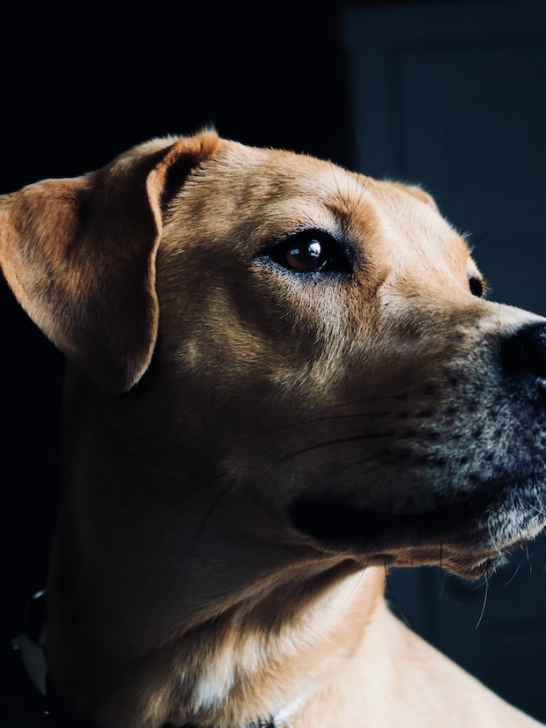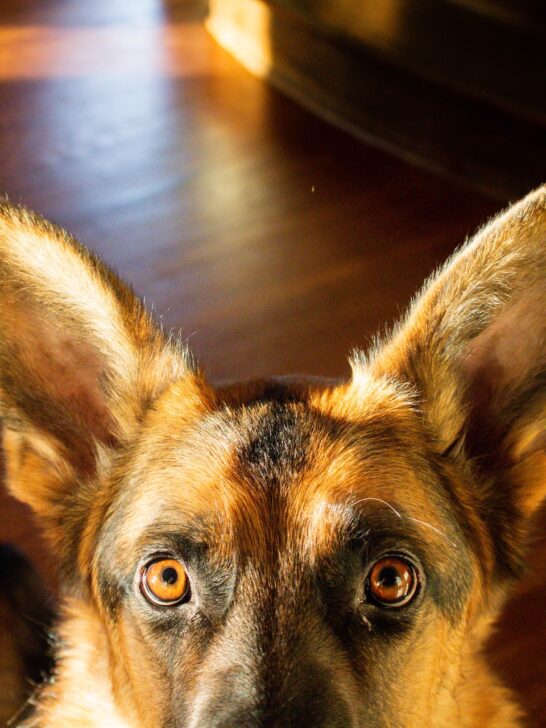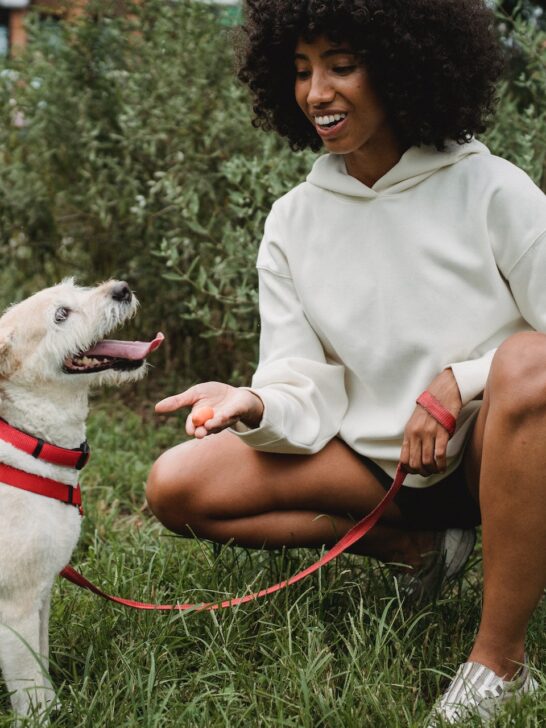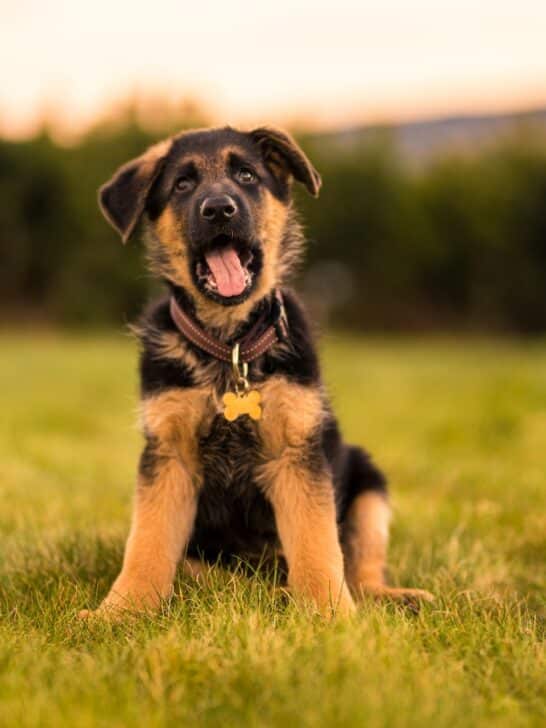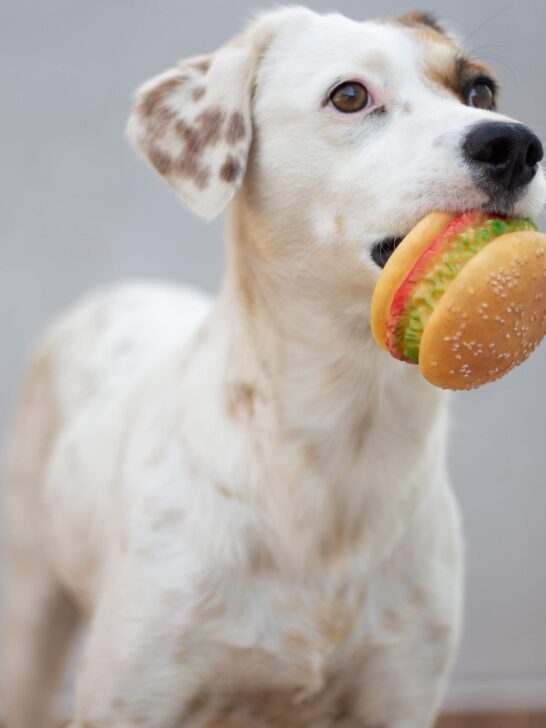Can You Shave Your German Shepherd and When Should You?
With such a thick dog’s coat of fur, it’s somewhat understandable that many owners think of shaving their German Shepherd at one point or another.
Whether this is for grooming purposes, or simply because you fear them overheating in the summer months.
However, shaving your German Shepherd can have serious implications. In fact, the belief that the practice reduces the risk of skin and wider health problems couldn’t be further from the truth.
Shaving or clipping them will lead to a host of problems. These include overheating, an increased risk of bites and parasites, and problematic dog hair growth.
All things considered, yes you can shave your GSD – but only for medical reasons, and with proper consultation from your vet.
Check out some healthy haircuts for your German Shepherds.
What To Know About The Problems Of Shaving A German Shepherd
The Dangers
While many people believe that shaving their German Shepherd is the best method for grooming, there are numerous risks associated with the practice.
Below, we’ll take a closer look at six of the most significant dangers that can arise from shaving your pooch.
1. Skin damage
One of the most significant dangers of shaving your German Shepherd is the increased risk of skin damage. Shaved dogs are particularly susceptible to sunburn and skin damage by ultraviolet (UV) rays.
As we all know, sunburns are painful. This is similarly the case for dogs, with sunburn increasing the risk of skin irritation. It can also contribute to overheating and sunstroke when your pooch is left outside for extended periods of time.
Be mindful that your dog may experience scaling or dandruff from irritated skin, even after their hair has fully regrown.
2. Overheating
The undercoat and guard hair of German Shepherds not only serve to insulate them from the cold air, they also create a form of the ventilation system to help in warmer conditions.
Think of it almost as a self-adjusting heating and cooling system – pretty cool right?
Unlike humans, they don’t have the ability to sweat. Therefore, they rely on their coats to help keep them at a suitable temperature.
The different dog’s coat layers allow air to circulate against the skin, which in turn provides a cooling effect.
So, by shaving this fur, you effectively put your dog at a greater risk of overheating.
Without the longer guard hairs to help facilitate air circulation against the skin, the sun’s rays burn directly into your German Shepherd’s body.
Needless to say, this is far from ideal for their health and wellbeing.
Unless your vet specifically advises against it, alternative methods to help with your dog’s thick coat are far more beneficial.
This is because dogs with shaved fur are left completely exposed to the elements, and are much more vulnerable to a wide range of health and skin issues.
3. Ruined texture and style
If you shave your dog’s fur coat, there’s a distinct possibility that the lighter, outer hairs may not fully return to their original length.
As a result, the texture and style of your German Shepherd’s coat will often have a different look.
The new fur that grows in place of the shaved area may not possess the same thickness or quality as the original coat. In addition, it won’t look quite as smooth or pretty during the regrowing process.
4. Mosquitoes and other parasites
As many of you will know, mosquito bites are extremely frustrating. However, German Shepherds very rarely have to deal with the discomfort of being bitten thanks to their thick covering of fur.
When you shave their fur, this layer of protection is removed, allowing parasites much easier access to bite straight into the skin or ticks to attach themselves with significantly less difficulty.
This is especially problematic in areas where mosquitoes and other parasites are particularly prolific.
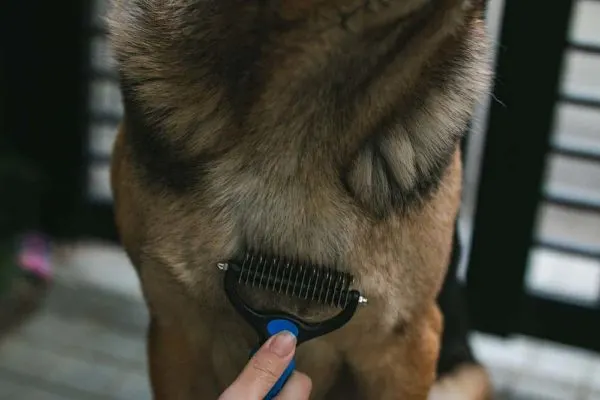
5. Guard hair growth
Shaving your German Shepherd as they get older isn’t recommended unless it’s completely necessary. This is because it may produce different results in the length of their guard hairs when the fur finishes growing back in.
As is the case with most humans, the rate of hair production and growth slows down for a dog as it ages, giving them a thinner german shepherd coat and guard hairs.
Therefore, if you decide to shave your senior dog, there’s a strong likelihood that their guard hairs (the top long layer of fur) may not grow as productively as they did in your pooch’s early years.
6. Matting
Shaving the undercoat of your German Shepherd will usually cause it to grow faster than the topcoat. This is mainly because the topcoat isn’t designed to shed a great deal so subsequently grows at a slower rate.
As a result of these different growing rates, the faster-growing undercoat often becomes matted in the slower-growing topcoat, giving you even more work to do when it comes to brushing and grooming your dog.
This matting provides your dog’s fur with a fuzzy look.
The majority of the time, with efficient brushing and the next shed cycle, the topcoat will grow longer as the undercoat begins to shed away.
Effective Grooming Routine
If you’re particularly worried about your dog during the warmer summer months, it’s worth considering other alternatives to shaving that can help keep your pooch more comfortable in the heat.
One of these methods is a thorough home grooming routine. This helps them to shed their fur more easily and keeps your dog comfortable and content.
A typical German Shepherd’s summer grooming routine usually includes the following:
- Bathing your pooch with a moisturizing or anti-itching shampoo.
- Removing any dead hair with special grooming brushes.
- Applying a conditioning and de-shedding spray.
- Increasing the brushing routine as and when necessary to keep their skin healthy in the higher temperatures.
- Offering them plenty of options to help cool themselves, such as paddling pools, icy treats, and shade.
Other Alternatives To Summer Shaves
In addition to a comprehensive summer grooming routine, there are many healthier and safer alternatives to shaving your German Shepherd that can keep them just as cool.
We’ll now run through eight of the most effective cooling tips that are worth keeping in mind for the well-being of your pooch.
1. Provide a paddling pool in the shade
The vast majority of German Shepherds love water and will readily immerse themselves in a small paddling pool to cool off.
These pools are extremely affordable and easy to maneuver around your backyard or garden. If you’re struggling to find anything suitable, most kid’s pools will easily fit a large German Shepherd.
2. Invest in a fan
Buying a small fan is a great way to make sure your pooch stays at a comfortable temperature. Point it towards the areas where they typically lie down and they’ll be sure to reap the benefits.
3. Use a cooling mat
Cooling mats are a popular choice amongst German Shepherd owners. If you purchase one, they’ll work by absorbing your dog’s heat and dispersing it more easily with a gel material.
Some dogs find these large self-cooling mats a pleasant place to sleep and rest during the hottest parts of the summer.
4. Add ice to their water bowl
This is a simple method, but incredibly effective for your pooch if they’re left outside for long periods.
Adding a large ice block to their water bowl will keep the water cooler for longer, and give them something to lick to cool off.
5. Refreshing dog-friendly treats
A cooling method that your dog will certainly approve of. The most common dog-friendly treats to refresh your German Shepherd are either ice lollies or ice cream.
There are also plenty of recipes on the internet that you can try, to give your pooch a variety of cooling treat options.
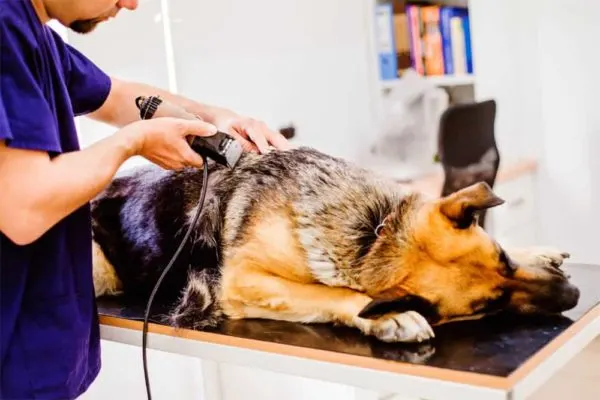
6. Frequent brushing
It’s important during the summer months to increase their brushing routine. This helps to remove any dead fur or dirt, keeping your dog’s skin healthier and better equipped to cope with the summer heat.
Brushing also spreads the natural skin oil of your pooch, creating a useful and efficient protective layer from the sun.
You can brush your German Shepherd up to once per day. Just make sure that you’re gentle and don’t dig too harshly into their skin.
7. Circulation of cool air inside
If you’re keeping your dog inside, it’s essential that you make sure cool air is circulating through your house. Keeping the windows and doors open when possible is best for achieving this, with fans also effective.
When you’re at home, keeping both the back door and front windows open will create a really efficient air circulation system.
8. Provide an elevated bed
Elevated beds provide extra cooling as they don’t absorb any heat from the ground. This allows air to flow over your dog, decreasing their body temperature.
These beds are generally inexpensive and come equipped with skid-resistant feet to prevent the bed from sliding across the ground. This is ideal for homes and outdoor areas with super-smooth floor surfaces.
What Not To Do
In addition to shaving, there are a number of things to avoid that can cause discomfort to your German Shepherd. These include:
- Hot sidewalks – when it’s warm outside and the sun is beating down, it’s worth avoiding sidewalks for the wellbeing of your pooch. To test whether they’re too hot, keep your hand placed on the ground for 20 seconds. If it’s too hot for you, it’ll be equally unpleasant for your German Shepherd to walk on.
In the most severe cases, your dog may end up scorching the pads on their paws, which can be incredibly painful for them.
- Hot cars – one of the most common, but important pieces of advice for all dog owners is to avoid leaving your pooch in a hot car. This is especially important for German Shepherds. Often, it only takes a few minutes for the damage to be done, and the consequences can be fatal.
Therefore, if you see a dog trapped inside a hot car, it’s important to contact emergency services. They can then advise you on what to do next. Be mindful that if you cause unnecessary damage to a car, you may end up being convicted of criminal charges.
- Conservatories and greenhouses – as is the case with hot cars, both conservatories and greenhouses can become incredibly hot, incredibly quickly. It doesn’t take too much for heatstroke to take effect in dogs, especially German Shepherds, so make sure you keep them out of the conservatory, greenhouse, and anything similar, on hot days.
- Long journeys – even if you’re travelling with your German Shepherd on the journey, any sort of long journey isn’t ideal and should be avoided if possible. If you do have to drive or travel a long distance, make sure you keep the AC on or provide a suitable breeze by opening a window.
It only takes one traffic jam or one travel delay for a journey to become dangerous for your dog. Needless to say, make sure you pack plenty of water if you’re embarking on a long trip.
- Hottest parts of the day – as a general rule, it’s best to keep your dog out of the sun during the hottest parts of the day. This is usually between 11am-3pm. So, try and either walk them in the morning or a little later in the afternoon to avoid the dangers of the heat. Drinking water alone isn’t enough to offset the heat of the sun, so make sure you provide your German Shepherd with plenty of shade and cool areas during the early and mid-afternoon hours.
Frequently Asked Questions
Do German Shepherds shed a lot?
Yes, German Shepherds shed a fair amount throughout the year, in particular between the hotter and cooler seasons.
So, living with a German Shepherd means you’ll have to cope with copious amounts of hair around your home.
It’s worth bearing in mind the more often you groom them, the less likely they’ll be to leave their hair everywhere around the house.
What is the difference between a German Shepherd and an Alsatian?
There’s absolutely no difference between the two – both are essentially the same dog breeds.
The only reason the two are named differently is that they were initially called by different names in different countries.
An Alsatian breed was so-called after the Alsace-Lorraine region, whereas the German Shepherd gets its name from Germany.
Aside from this simple difference of terming the dog breeds in two ways, there’s nothing else to differentiate them. The Alsatian is German Shepherd only.
What is a Blue or Sable German Shepherd?
Blue German Shepherds are a color variation of the German Shepherd dog breed.
As the name suggests, they have a unique blue coloring to their coats and eyes and tend to come in three distinct color variations: Blue and Tan, Blue and Sable, and Blue and Black.
Final Thoughts
To conclude, it’s never a good idea to shave your German Shepherd dog, unless it’s for medical reasons.
Not only are there numerous risks associated with the practice, but there are also plenty of other methods of cooling your dog down that are far more beneficial.
So, if you’re worried about your dog in the summer heat, but like your German Shepherd coat the way it looks, it’s worth using other cooling alternatives to shaving.
Our YouTube Video: Can You Shave Your German Shepherd & When Should You?
























